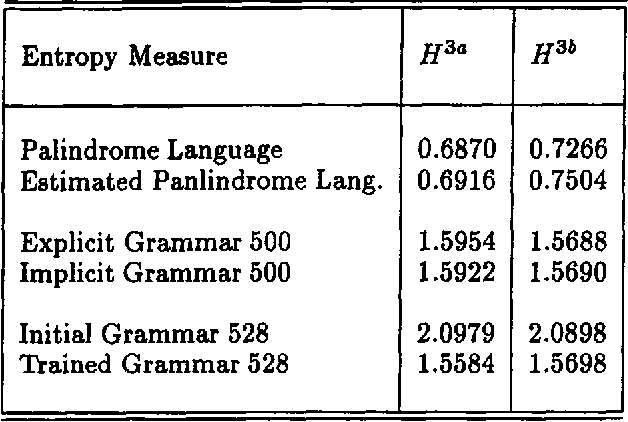Nick
M
CSA-Net: Channel-wise Spatially Autocorrelated Attention Networks
May 09, 2024Abstract:In recent years, convolutional neural networks (CNNs) with channel-wise feature refining mechanisms have brought noticeable benefits to modelling channel dependencies. However, current attention paradigms fail to infer an optimal channel descriptor capable of simultaneously exploiting statistical and spatial relationships among feature maps. In this paper, to overcome this shortcoming, we present a novel channel-wise spatially autocorrelated (CSA) attention mechanism. Inspired by geographical analysis, the proposed CSA exploits the spatial relationships between channels of feature maps to produce an effective channel descriptor. To the best of our knowledge, this is the f irst time that the concept of geographical spatial analysis is utilized in deep CNNs. The proposed CSA imposes negligible learning parameters and light computational overhead to the deep model, making it a powerful yet efficient attention module of choice. We validate the effectiveness of the proposed CSA networks (CSA-Nets) through extensive experiments and analysis on ImageNet, and MS COCO benchmark datasets for image classification, object detection, and instance segmentation. The experimental results demonstrate that CSA-Nets are able to consistently achieve competitive performance and superior generalization than several state-of-the-art attention-based CNNs over different benchmark tasks and datasets.
Robust stochastic parsing using the inside-outside algorithm
Dec 19, 1994
Abstract:The paper describes a parser of sequences of (English) part-of-speech labels which utilises a probabilistic grammar trained using the inside-outside algorithm. The initial (meta)grammar is defined by a linguist and further rules compatible with metagrammatical constraints are automatically generated. During training, rules with very low probability are rejected yielding a wide-coverage parser capable of ranking alternative analyses. A series of corpus-based experiments describe the parser's performance.
 Add to Chrome
Add to Chrome Add to Firefox
Add to Firefox Add to Edge
Add to Edge